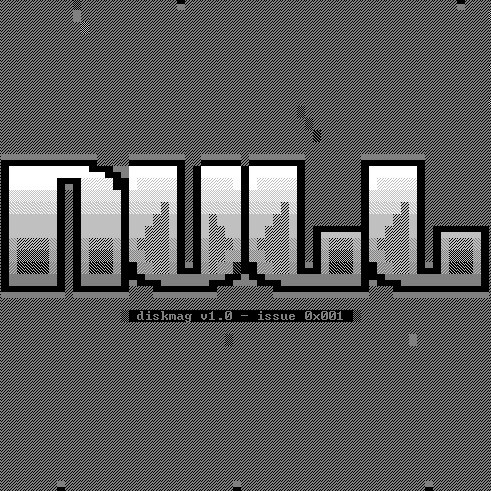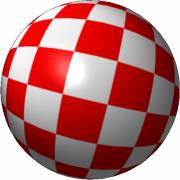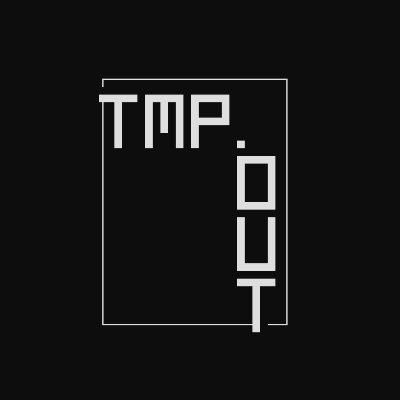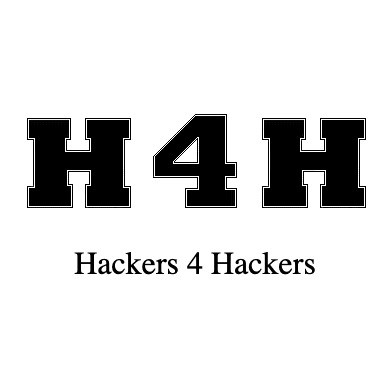Dead Hackers Society 128 Byte Intro
Examined by Mr Pink of Reservoir Gods
Dead Hackers Society have started a new trend in demo making with the release of their 128 byte intros. Coding intros of such size requires a great deal of skill, good design and a bit of luck!
DHS began things with a little fire effect. An atari logo swings from side to side and it burns up the screen. But how can all this be done in just 128 bytes? Surely its not possible?
Lets look at those vital 128 bytes of code.
CLR.L -(A7)
MOVE.W #$20,-(A7)
TRAP #1The intro begins by turning the machine into supervisor mode. This is for two things: access to the screen address system variable and access to ROM.
It is is possible to set the screen address via a trap call but this would take a lot more instructions than the single instruction move into screenpt.
The supexec call could have been used instead of the super call, but as the address of the routine to execute would have to be pushed onto the stack this would have meant more bytes used, even if a pc relative address was used.
LEA screen_space(PC),A0screen_space is a block of 200,000 bytes, enough to store a true colour screen of 320x240. Notice the pc relative addressing, this saves 2 bytes on this instruction.
MOVE.L A0,$45E.WThe screen address is moved into the system variable screenpt. This variable is continually monitored by the operating system, and if it contains a non-zero value this is set as the new screen address.
LEA $7D00(A0),A5A5 is loaded with screen_space+$7d00, that is 50 lines down the screen. The fire effect takes place in the upper 50 lines of the screen.
If DHS had wanted to move further down the screen, say sixty lines, this would have made the code larger. Why?
Well at the moment they can use an LEA instruction to load the offset from the screen ( a0 ) into a5. An LEA has a range of +-32768 so that is a positive offset of $7fff in hex. At $7d00 they are near the end of that range, 60 lines down would be 60*640=38400 meaning it would be out of the range of an LEA and they would have to do an ADD.L instruction which takes two extra bytes. They would also have to move a0 into a5 before doing this long meaning another 2 extra bytes.
It may have surprised some people that this 128 byte intro is FPU only as fire effects really do not need the FPU are they are based on very simple mathematical calculations (adds and shifts).
The FPU is used to move the sprite in that nice curving wave that is actually a sinewave.
I must admit that I don't know too much about the FPU, having only used it once (during 'Fractal Playground') but I can deduce what the code does.
Pay attention, here's the science bit!
MOVEQ #$64,D3D3 is loaded with 100. This value is to be used for the sin wave and the root of the sinewave. The sin value will vary betwen +100 and -100 and then 100 will be added to it. This will be used as the X value for the fuji sprite.
FMOVE.W D3,FP1Floating Point register 1 is loaded with 100.
L0000:
FADD.S #9.4999999E-2,FP1We continually add to this register to cycle through all the possible sin values.
FSIN.X FP1,FP0Move the sin value of the current value of FP1 into FP0.
FMUL.W D3,FP0Multiply the sine value in FP0 by 100 to get a value in the range of +100 to -100.
FMOVE.L FP0,D0Get calculated value.
ADD.W D3,D0Add 100 to this value, so we now have a x value from 0 to 200.
LEA $E49434,A0A seemingly strange instruction. What is at address $E49434? This is actually a ROM address and you need to be in supervisor mode to access data from here. At this address there is actually a bitplane version of the famous fuji logo that you see when you switch your Falcon on!
I'm a bit worried that this instruction is probably a bit machine specific, i.e. there is no guarantee that the logo resides here on all TOS versions. It works fine on my TOS 4.04 machine though.
LEA (0.B,A5,D0.W*2),A1This instruction gets to the X position on the screen we have calculated the FPU SIN instruction. We are about to copy the fuji sprite to this screen position.
MOVEQ #$55,D4This is the value for the y loop of the sprite copy routine. The fuji logo is actually $55+1 = $56 (or 86 in decimal) pixels high.
L0001:
MOVEQ #2,D5This is the value for the x loop part of the sprite copy. The logo is (2+1)*32 bits = 96 pixels wide.
L0002:
MOVE.L (A0)+,D0A longword is read from ROM containing part of the atari logo graphics. This is in bitplane format, so every bit represent a pixel. This bitplane format needs to be converted to true colour to be displayed on the screen.
MOVEQ #$1F,D7This sets up the loop for examining all 32 bits of the longword.
L0003:
ASL.L #1,D0The highest bit of the longword is shifted out, causing the appropriate flag registers to be set. Doing this iteratively is equivalent to individually testing every bit in a longword.
BCC.S L0004If this bit is clear, then the pixel is blank so we won't plot it.
MOVE.W #$1F,(A1)The bit is set so we draw a pixel on the screen. $1F is full blue on a true colour screen. Blue is a very useful colour to use for averaging effects!
L0004:
ADDQ.W #2,A1This simply moves to the next x pixel on the screen.
DBF D7,L0003This loops for all the X pixels of the current longword.
DBF D5,L0002This is a loop for all the pixels of the sprite.
LEA $1C0(A1),A1We have reached the end of the x pixels, so we move down to the next screen line.
DBF D4,L0001This loops for all y lines of the sprite.
The sprite has now been copied to the screen so we can begin the fire effect. A litte theory here...
A fire effect is basically an averaging effect. You move through all pixels on the screen and set their new value based on the average values on a number of surrounding pixels.
The give the fire an upward momentum, the average values for the current pixel must be calculated from pixels below it.
Due to the nature of averaging, eventually all pixels will be zeroed, that is why it necessary to continually add new data at the bottom of the screen.
In this fire effect, for a pixel (x,y) these pixels are averaged:
(x-1,y+1) (x+1,y+1)
(x,y+2)This works pretty well.
Usually the averaging is down with two tables, one which contains a map of the screen in 'averaged' values, and another palette table so that the pixels plotted can be a firelike range of reds and oranges.
In 128 bytes we don't have this luxury so DHS use the screen as their displayer, palette and averaging table!
This is done by just using the lower 5 bits of each pixel - the blue bits. By setting the initial values of each pixel to $1f then the pixels will not exceed this range and the averaging effect will result in a flaming blue demo screen!
here's the code...
We begin A5 pointing to the top of the screen.
LEA $500(A5),A0A0 is set to pixel position (x,y+2)
LEA $282(A5),A1A1 is set to pixel position (x+1,y+1)
LEA $27E(A5),A2A2 is set to pixel position (x-1,y+1)
MOVEA.L A5,A6The screen address is copied into a6.
MOVE.W #$6DFF,D7This is the size of the averaging area in pixels.
L0005:
MOVE.W (A0)+,D0Read lowest pixel (x,y+2)
ADD.W (A1)+,D0Add value of right pixel (x+1,y+1)
LSR.W #1,D0Get average value.
ADD.W (A2)+,D0Add value of left pixel (x-1,y+1)
LSR.W #1,D0Get average value.
D0 now contains the average of these three pixels. It would seem that there is a slight bias towards to value of the left pixel!
MOVE.W D0,(A6)+Store averaged pixel value.
DBF D7,L0005Loop for all pixels in demo area.
BRA.S L0000Go back to the start!
If you add on the size of the BSS section you will find that this '128 byte' intro actually takes up nearly 200k! But it is the size of the code we are interested in, and that is a measly 128 bytes!
SECTION BSS
screen_space:
DS.B 200000Writing a 128 byte intro can be a lot of fun. People don't expect much from just 128 bytes - lets face it Windows 95 needs this much space just to store a filename!
I'm looking forward to seeing more of these little intros, and well done to DHS for coming up with an original new idea!





















